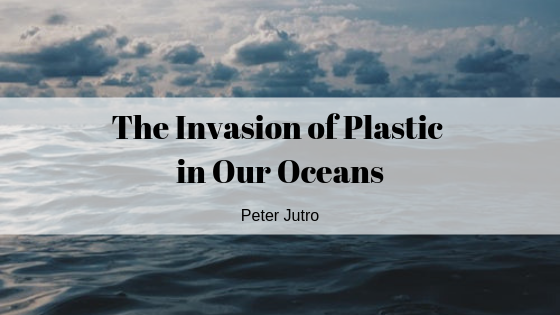Since the late 1900s, plastic pollution has become a frequent topic of discussion. Mounting concerns about single-use plastics, the volume of plastic containers in landfills, and the mass-contamination of the Earth’s oceans have led to increased pressure on corporations to reduce their plastic production and for governments to undertake efforts to clean the oceans. To understand the importance of reducing plastic production, usage, and pollution, education about the harmful effects plastic pollution can cause, as well as how to prevent plastic pollution, is essential.
Plastic Volume
Plastic is a relatively recent invention; the term “plastic” became associated with synthetic polymers within the last 150 years, and what is known as plastic today is commonly created from petroleum. The amount of plastic used in everyday life (from shampoo bottles and food wrappers to shopping bags and water pipes) has increased over time, and single-use plastics, which are disposed of after one use are a major contributor to the excess of plastic in the oceans. Though it’s difficult to estimate the amount of plastics currently in the oceans, scientists hypothesize that roughly 8 million metric tons of plastic enter the oceans each year. Without properly disposing of plastics and effectively managing the existing plastic pollution in the oceans, this massive amount of plastic will continue to affect the oceanic ecosystem and thus impact the health of the planet.
Plastic Invasion
How plastic reaches the ocean is perhaps a simpler process than some individuals may imagine. There are three primary ways plastic can enter the oceans: littering, failing to recycle, and washing plastic products down the drain. Litter left on sidewalks, streets, or yards can be washed down drains by rainwater; and since drainage ultimately reaches the ocean, litter can travel great distances from its initial location and wind up in the ocean. Illegal dumping also contributes to oceanic pollution.
When plastic isn’t recycled, it usually goes to a landfill. Most plastic decomposes at a very slow rate, and studies suggest that most plastics will take more than 400 years to fully biodegrade. Because of this decomposition rate, plastic left in landfills remains much longer than more biodegradable trash. since plastic is so lightweight, it can make its way from landfills and also eventually end up in the ocean.
Products with synthetic microfibers can also be dangerous; products like wet wipes, certain soaps, and cotton pads fall into this category. Even when washing clothing, microfibers are released into the water, and their small size makes them nearly impossible to filter out. Microfibers can be eaten by sea creatures low on the food chain; likewise, ocean plastics that have broken down into small pieces are also consumed in a similar way. As this makes its way up the food chain, such consumption impacts the lives of sea creatures as well as the health of the human population who may ultimately eat them.
Media coverage of the effects of plastic pollution in the ocean often focuses on how sea creatures become trapped in plastic or die after eating plastic materials. It is important to recognize that not only does this plastic invasion disrupt the natural order of marine life, it also impacts the quality of life for every living being on the planet.

